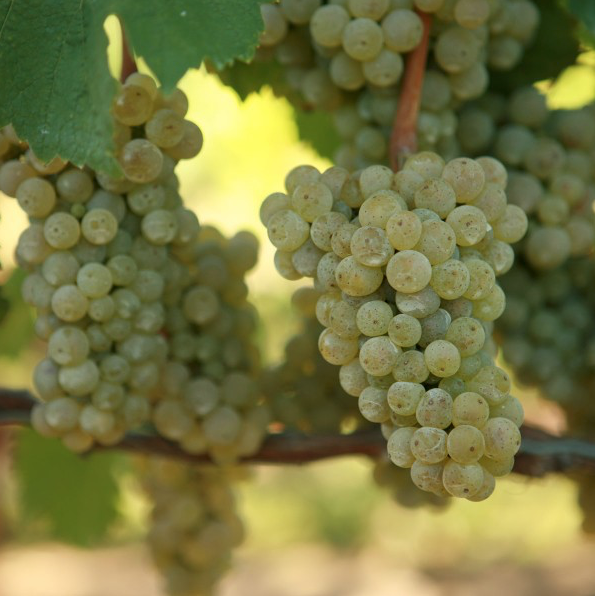
a question of balance…
No, not the classic album by the Moody Blues… but something that’s on the mind of every winegrower, winemaker and vineyard manager in creation. We like to think about the harmony of a wine being one of its primary virtues—and this takes into account the balance of sweetness and acid and minerality—along with the sensations of texture. One of the most important relationships is that between residual sugar and acidity—and there is no formula for getting this right. Another issue which confronts red wines has to do with the balance between tannins and acid—Emile Peynaud points out that the less tannic a wine is, the more acidity it can support—for a familiar example, Barbera is not particularly tannic, so its comparatively elevated acid levels provide less of a distraction, particularly in food-matches involving protein. Another important issue—and a very tricky one—is whether the measurable sugar ripeness is complemented by physiologic ripeness in the grape. Most hierarchies—Prädikat steps like Kabinett, Spätlese, Auslese—involve measuring the sugar ripeness—the number of degrees Brix, Öchsele or KMW—which is not the same as being able to judge whether the grape has achieved optimal maturity and has attained the perfect condition for yielding a balanced wine. This is where the expertise of the grower comes in… Famous Australian winemaker Dave Powell from the Barossa Valley frequently kicks off his seminars by smashing a refractometer somebody has brought—that fiendish device, which measures sugar content alone…


